Symbiotic aphids manipulate the aggressive behavior of ants
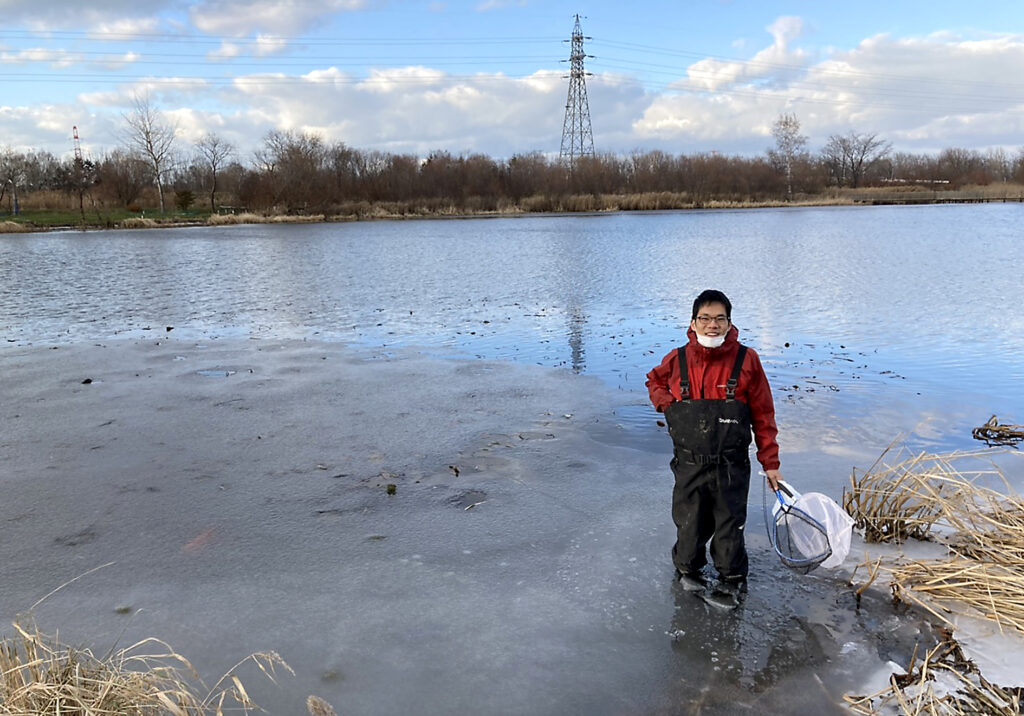
In the recent article “A symbiotic aphid selfishly manipulates attending ants via dopamine in honeydew” by Tatsumi Kudo, Hitoshi Aonuma, and Eisuke Hasegawa published in Scientific Reports, the authors investigate interactions among Lasius japonicus and the aphid Macrosiphoniella yomogicola. They revealed that aphids manipulate ants to receive stronger protection (via increased aggression) probably due to dopamine present in the aphids’ honeydew. This indicates that this manipulation likely benefits both L. japonicus and the aphid M. yomogicola. Here, first author Tatsumi Kudo highlights the main points.
An interview compiled by Emeline Favreau, Patrick Krapf, and James Trager
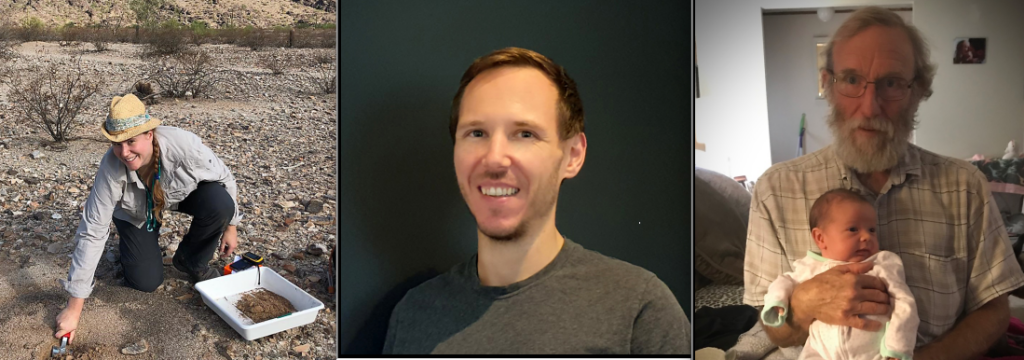
MNB: Could you tell us a bit about yourself?
TK: I am Tatsumi Kudo, a Master’s degree student at Hokkaido University in Japan. I am interested in the evolution and ecology of insects, so I joined the lab of animal ecology. The main theme treated in this lab isthe symbiosis between ants and aphids, and I was involved in the exploration of the mechanisms that maintain this symbiosis. I study sexual conflict in thrips as well as ants now.
MNB: Could you briefly outline the research you recently published in layman’s terms?
TK: Mutualism is the interaction in which all participants pay some reproductive costs but can receive a net benefit. For example, in the mutualism between plants and pollinators, plants give flower nectar and pollen to pollinators as food and can be pollinated by pollinators. Because this benefit outweighs the cost, plants are, overall, better off having a symbiotic relationship with pollinators. However, mutualism is predicted to be easily broken by the invasion of cheaters, individuals that do not pay the cost and exploit only the benefit.
The aphid, Macrosiphoniella yomogicola, and an attending ant, Lasius japonicus, have a mutual relationship in which the aphid gives the ant honeydew as food to obtain protection from predators. We hypothesized that mutual selfish manipulations strengthen their relationships in this symbiosis and realize the “win-win” relationships in which all participants can obtain fitness benefits and should thus be sustainable for a long time.
We first verified that the aggressiveness of L. japonicus workers that contacted the aphid colony was higher than those that had not contacted the aphid colony. We suppose that some substances that caused the ant aggression are secreted in the honeydew. We next measured biogenic amines in the honeydew. Biogenic amines are known to mediate emotion-like behaviors of insects. The honeydew contained a large amount of dopamine and serotonin with less octopamine and thyramine. We examined the effect on the aggressiveness of these four biogenic amines. Only dopamine increased the aggressiveness of the workers.
This suggested that the aphid manipulates the aggressive behavior of the ant via dopamine in the honeydew, forcing the ant to defend the aphid more strongly from predators. This manipulation prevents cheating by the ant and maintains their mutual relationships.
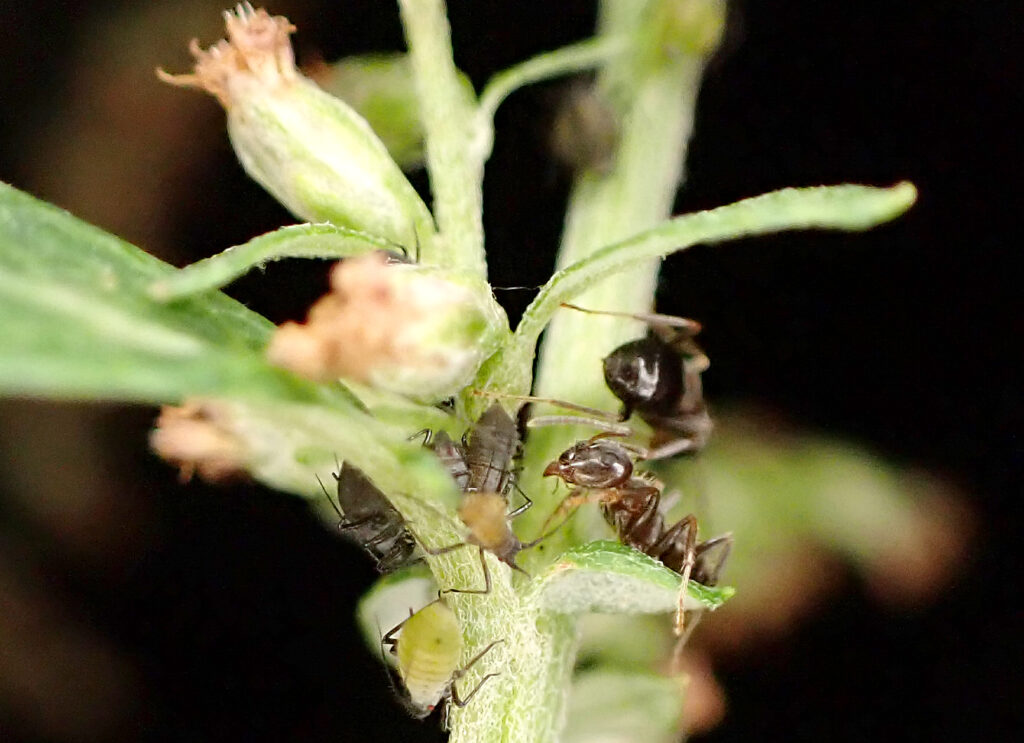
MNB: What is the take-home message of your work?
TK: The relationship between aphids and ants has been considered as “domestic animal” and “farmer”. Although aphids appear to be in a weak position, we showed that M. yomogicola can control selfishly the behavior of the ant. Aphids are not just exploited by ants! Therefore, we should consider that behind the mutualism there are selfish strategies to avoid cheating by the other participant.
MNB: What was your motivation for this study?
TK: This study is a part of the project to understand this symbiotic system, including the host mugwort, predators of the aphid, and leaf eaters of the host plant. The goal of this project is to understand why a symbiosis maintains without collapsing because of cheating. Earlier research shows that M. yomogicola has two color morphs and L. japonicus worker selfishly manipulates the morph ratio to coexist with them. We thought that they might mutually manipulate each other to maintain the symbiosis, so we decided to find out what the aphid was doing to the ant.
MNB: What was the biggest obstacle you had to overcome in this project?
TK: It was most difficult to collect a sufficient amount of honeydew for amine measurement. The size of M. yomogicola is ca. 1-2 mm and the amount of honeydew that an individual secretes at one time is very small. Instead of a direct collection of the honeydew drops that aphids secreted, we caught L. japonicus workers that were attending the aphid colony and drank the honeydew, pressed their abdomen, and collect the regurgitated honeydew with a glass capillary. But in later, we succeeded to detect dopamine from the honeydew collected directly from the aphids.
MNB: Do you have any tips for others who are interested in doing related research?
TK: When researching the mutual relationship in the field, it is important to use with care the words “cost” and “benefit” of behaviors or traits. We usually cannot directly measure the fitness of organisms, so we have no choice but to guess the cost and benefit of behaviors from partial information. In the example of this study, the manipulation of aggression may be disadvantageous for the ant in the short term because the aggressive behavior possibly decreases the survival rate. However, in the long-term view, accepting the manipulation may become a win-win relationship in which the aphid is strongly protected, and the ant can secure a future food resource. Thus, ensuring the definition of the cost and benefit is necessary when discussing the evolution of behaviors or traits.
MNB: Where do you see the future for this particular field of ant research?
TK: I am interested in how the relationships between organisms change as the environment changes. The terms “mutualism” and “parasitism” are just created by humans, and these are a continuum in nature. Ants use a variety of food sources, so the relative value of aphid honeydew will vary. If we can trace the changes in the relationship between ants and aphids, we will be able to gain deeper insight into interspecific relationships.
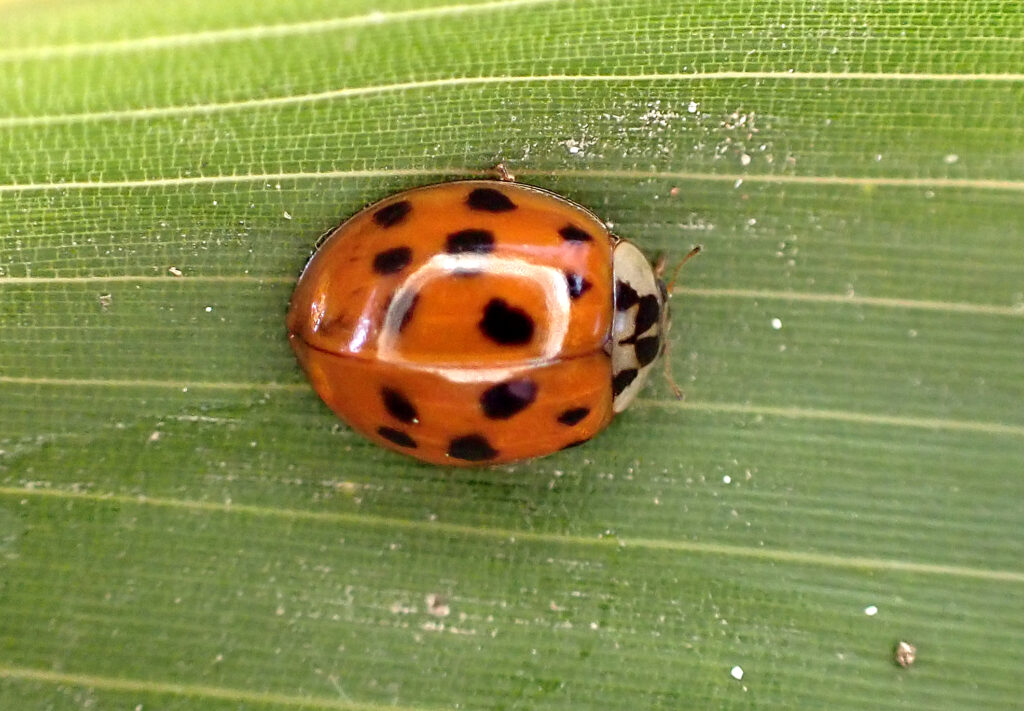



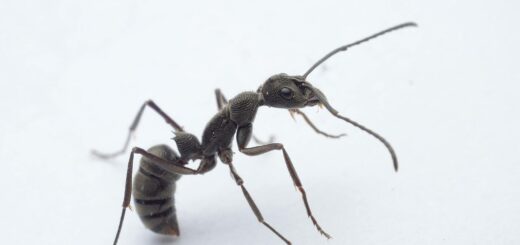
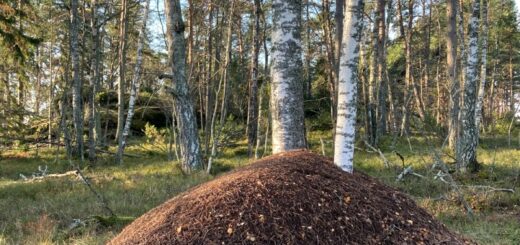
Recent Comments